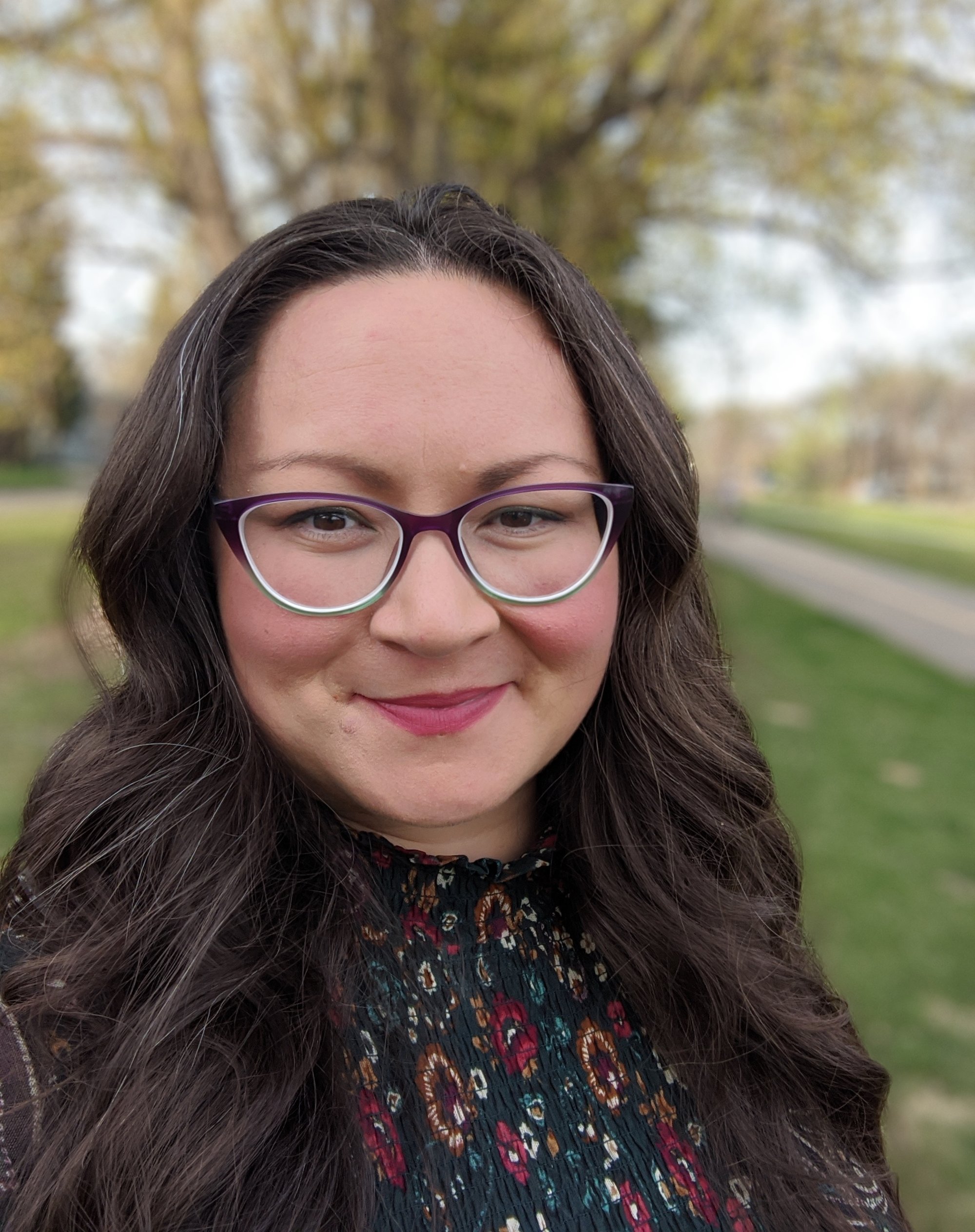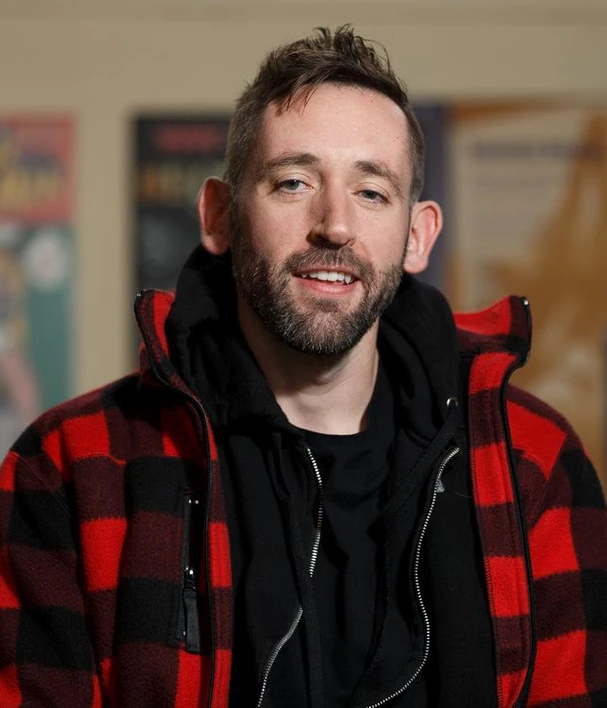In an all-too familiar tense scene, a fraudulent immigration officer demands money from a Filipino immigrant intent on starting a new life in Canada. Empowered by the audience, the immigrant pushes back, refusing to comply.
It’s a scene that hits home with everyone in the room — all of them migrant workers in Edmonton turning to theatre to help develop practical strategies to cope with their new conditions.
“It causes everyone to respond with a new strategy, to try something new,” said Jason Chinn, a University of Alberta master’s graduate in theatre practice, specializing in community theatre.
“We can pause at any time and say, ‘OK, we're stuck here, what should we do?’ It's an excellent way to combine our resources and think of strategies we can apply in the real world, because these situations aren't easy and having a supportive, safe environment is so important.”
The practice is called community-based theatre, which aims to “use theatre as a tool to affect positive change,” said Chinn. Rather than imparting skills or a creative vision top-down, facilitators reach out to under-represented communities — whether BIPOC, seniors, labour groups or people experiencing disability — to learn how they would like to benefit from the dramatic process.
Earlier this year Chinn and his research partner, U of A drama instructor Amanda Bergen, were awarded a two-month residency at Edmonton’s Yorath House Artist Studio — a partnership between the Edmonton Arts Council, the City of Edmonton and the City Arts Centre — to learn more about what under-represented communities want in terms of inclusion and cultural appreciation.
“As a director, I'm used to being the person leading the charge, putting my perspective on things and coming in with a vision,” said Bergen.
“But this is about switching that and lifting up their voices in whatever way I can. It’s really about making relationships with people first, so we're not going in saying, ‘You need us to help you do something.’”


